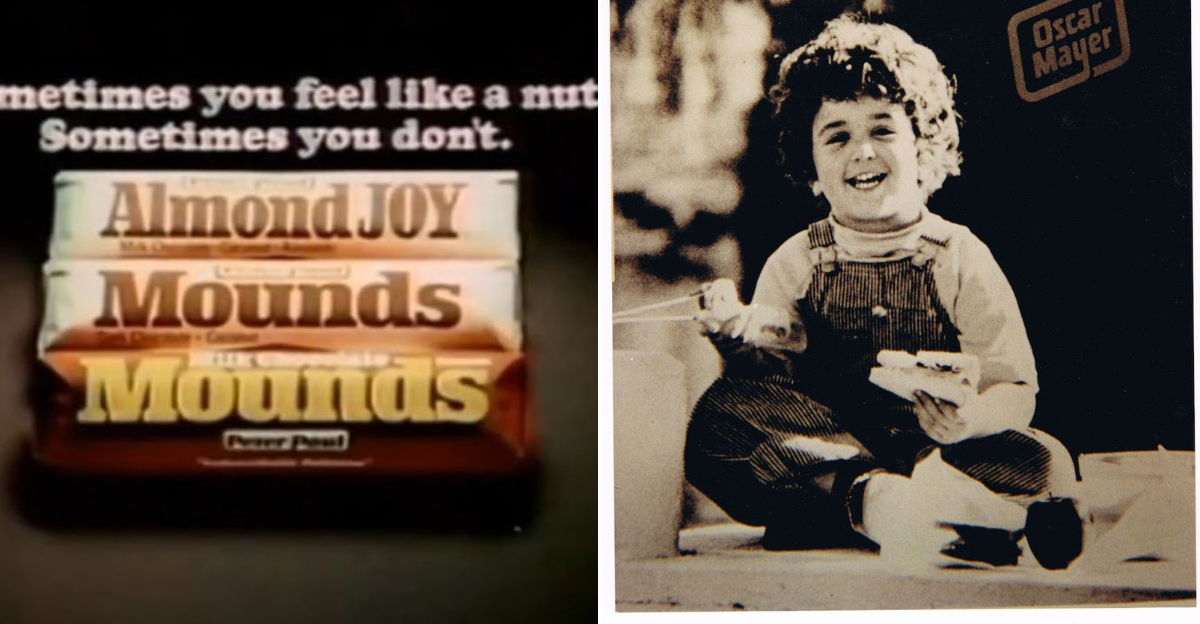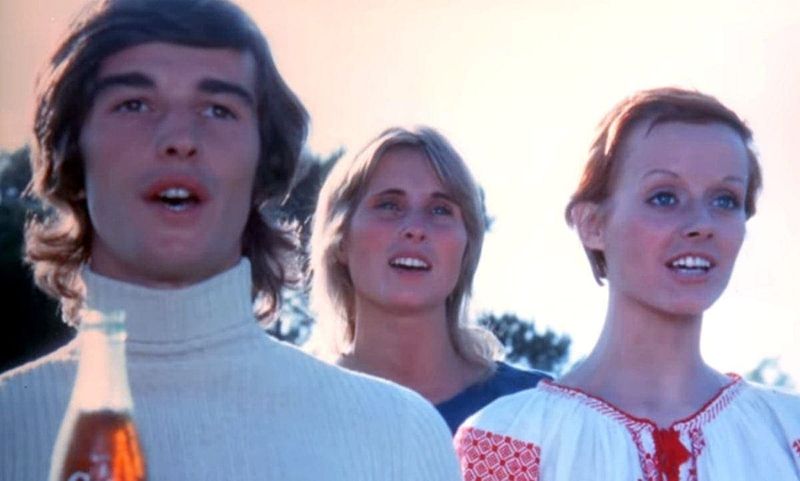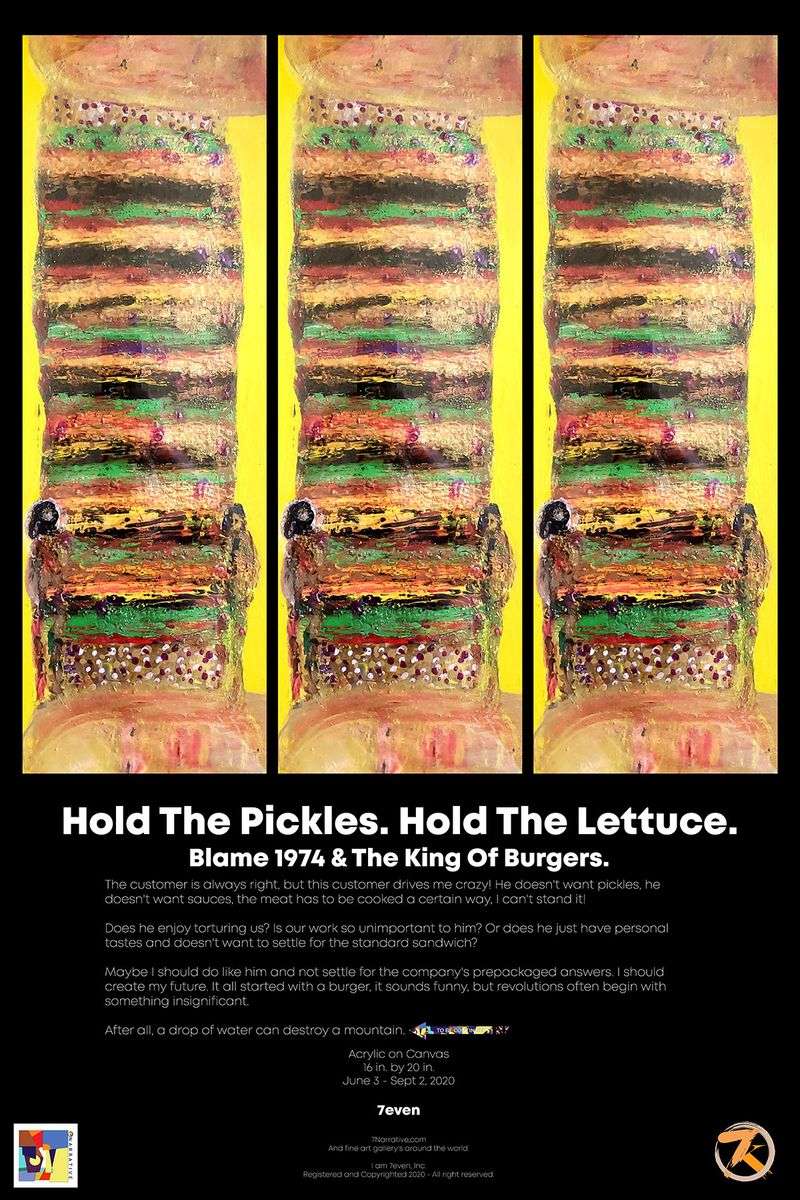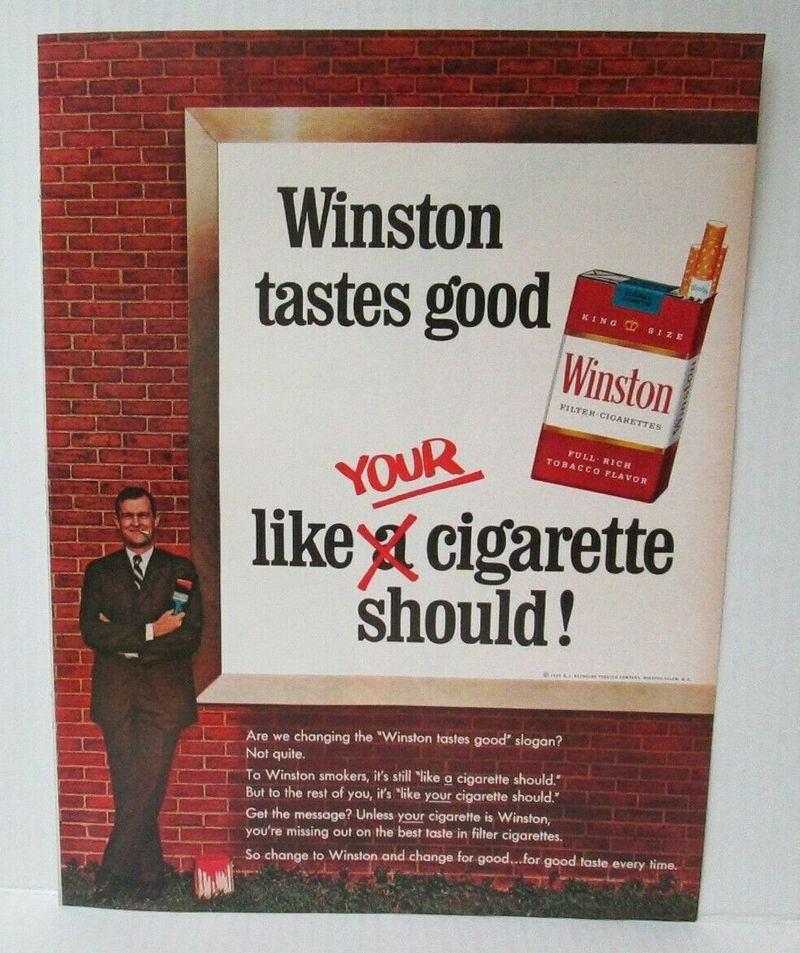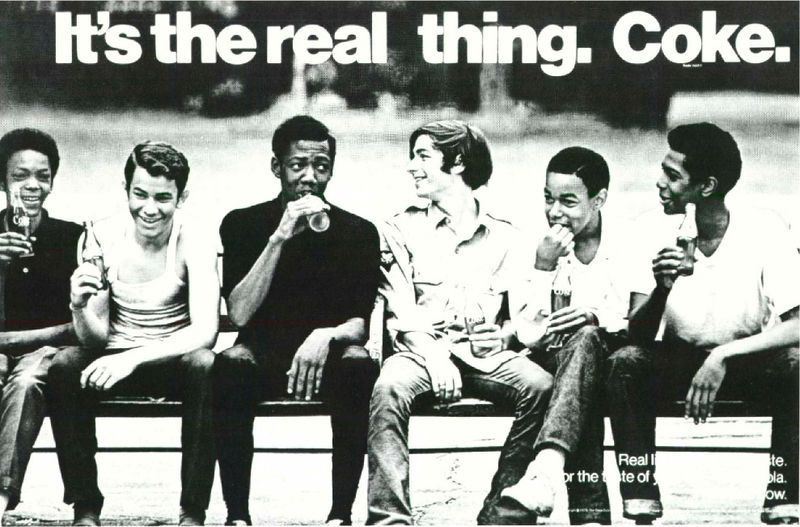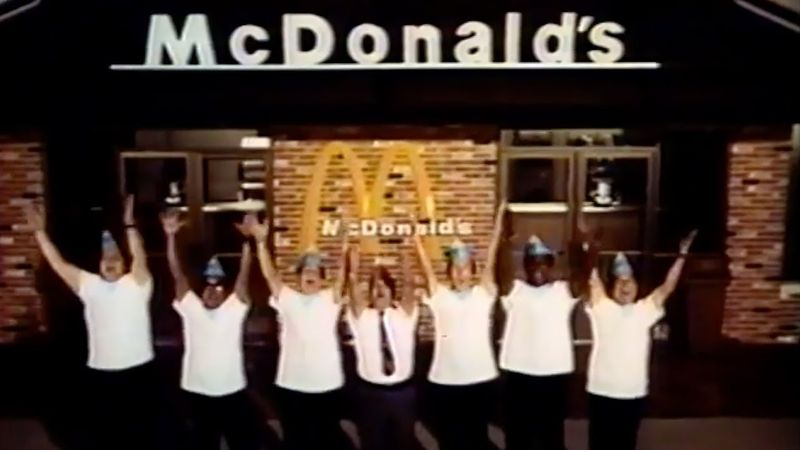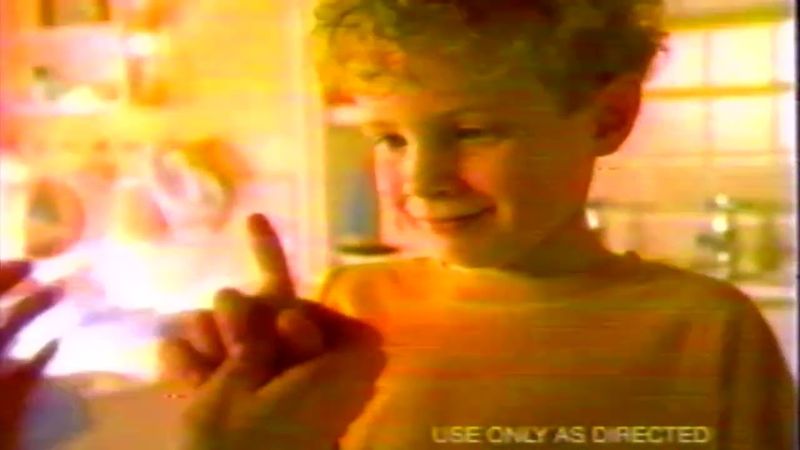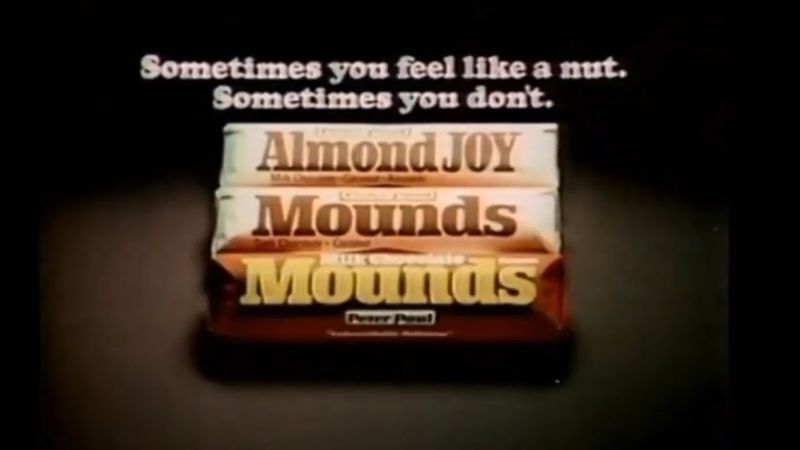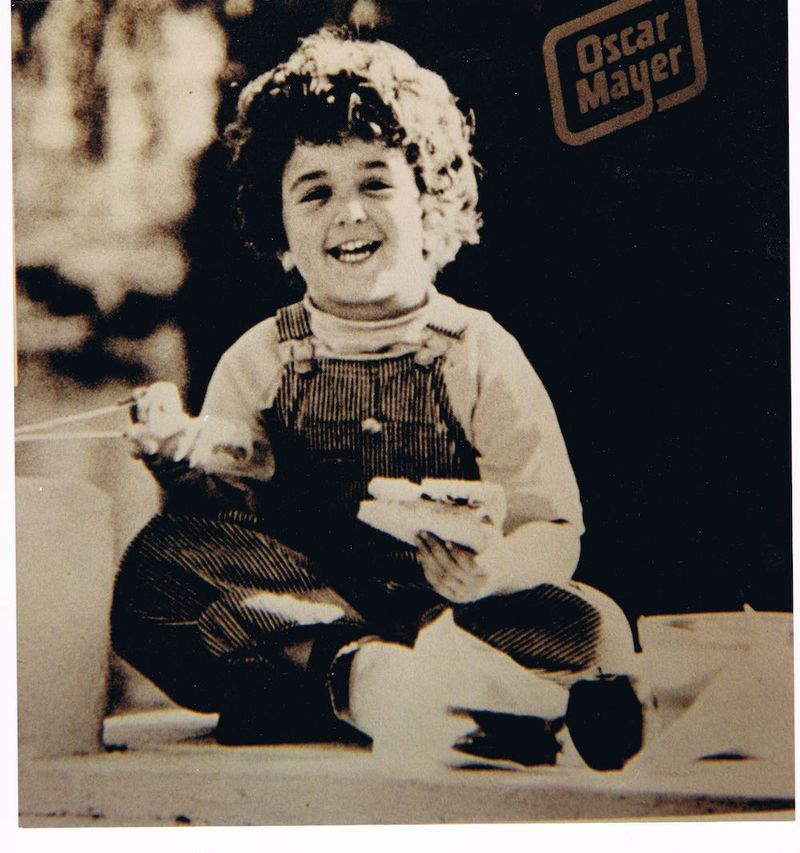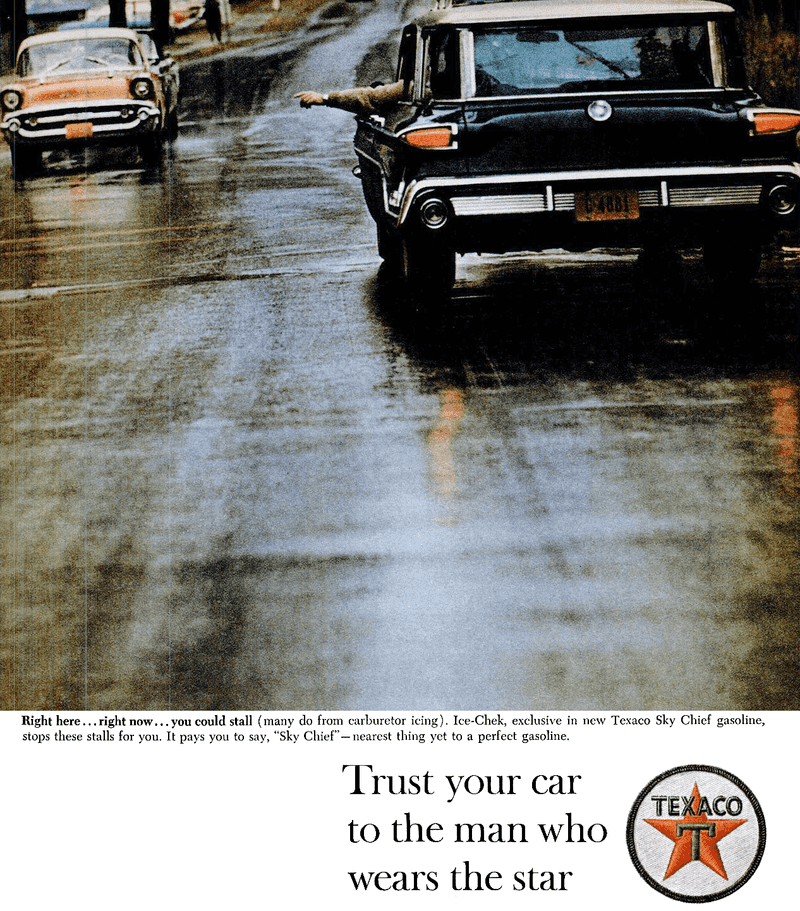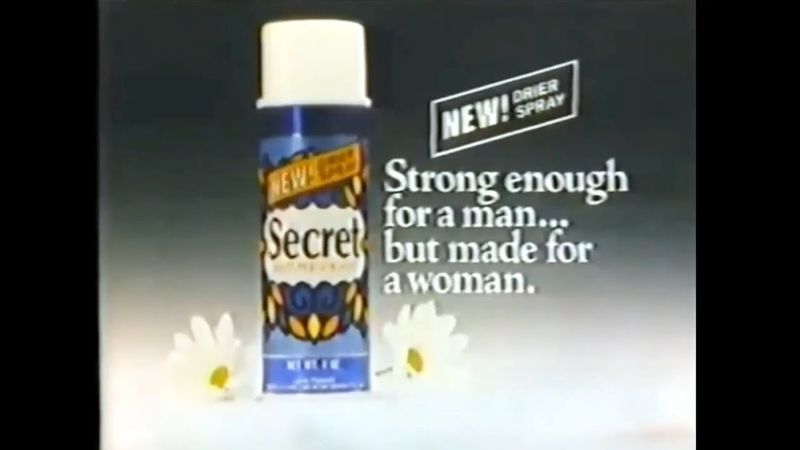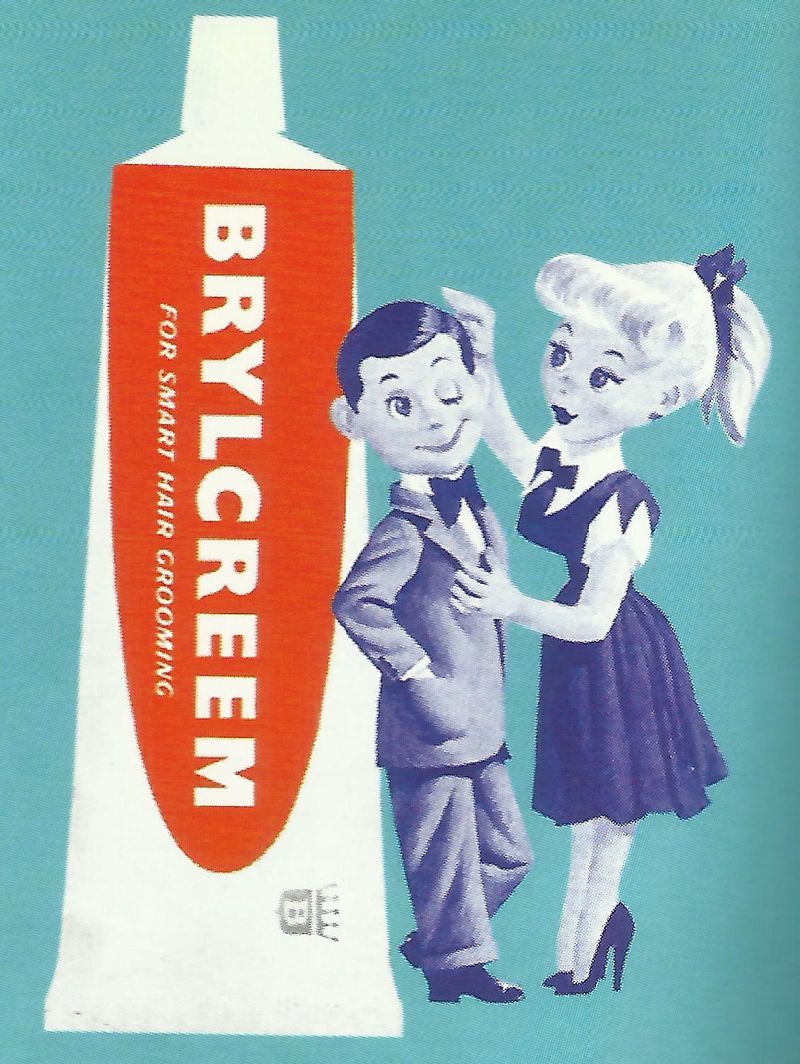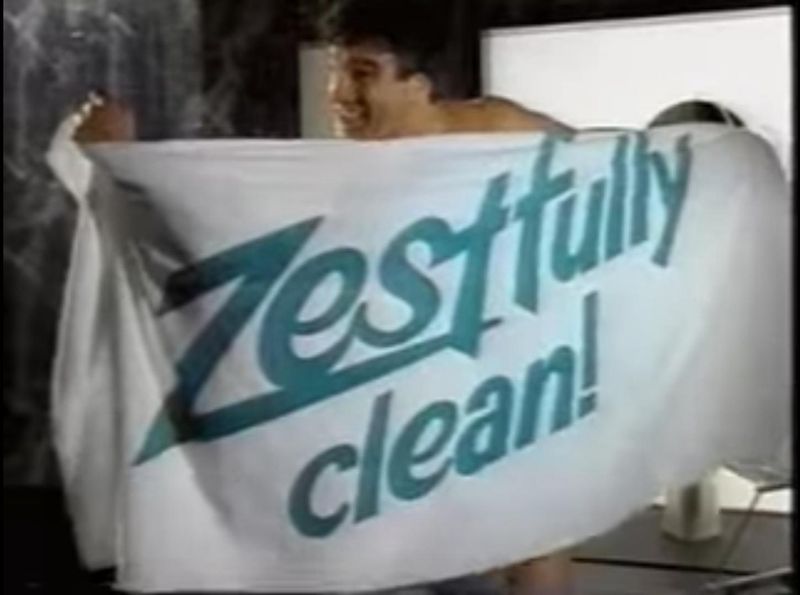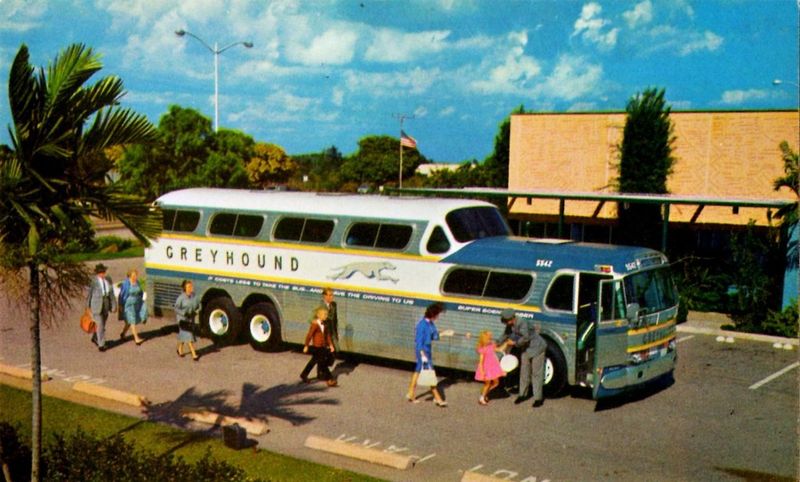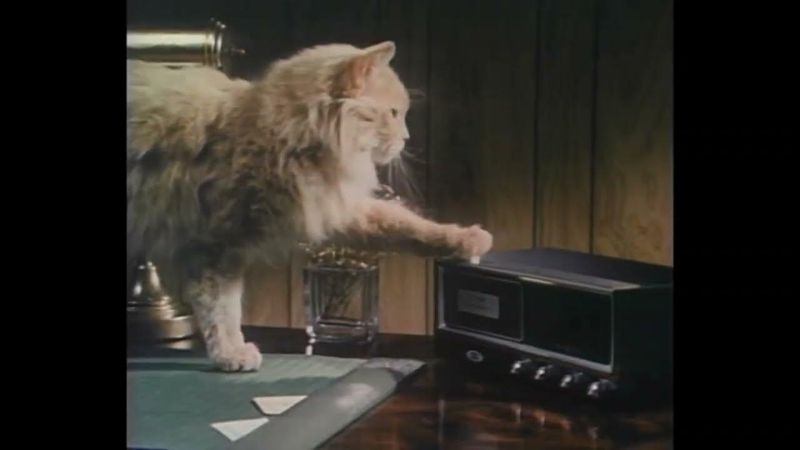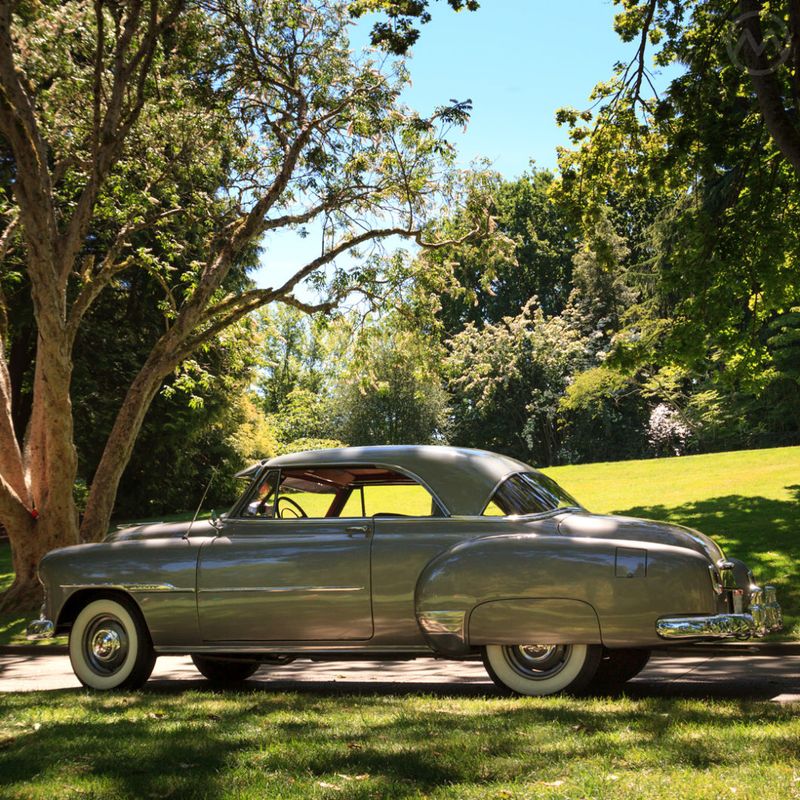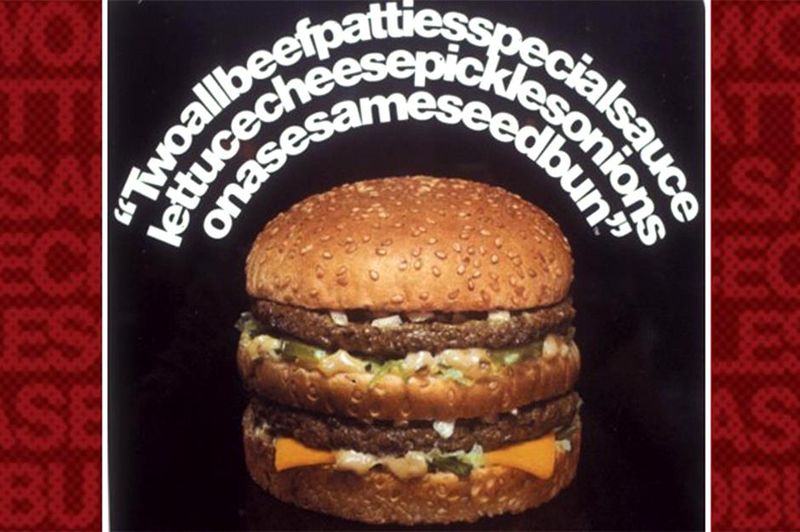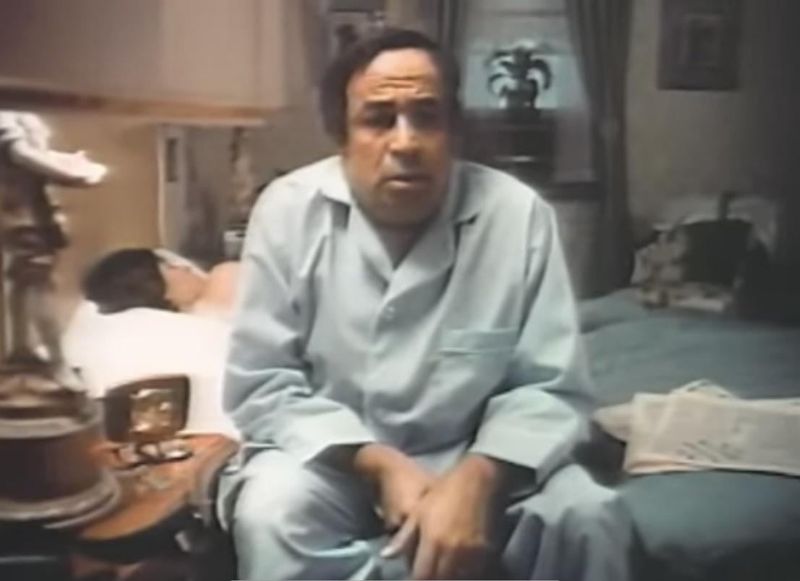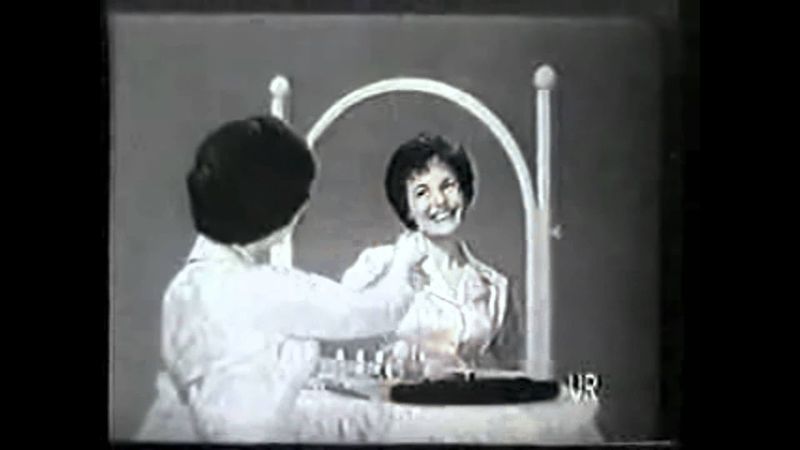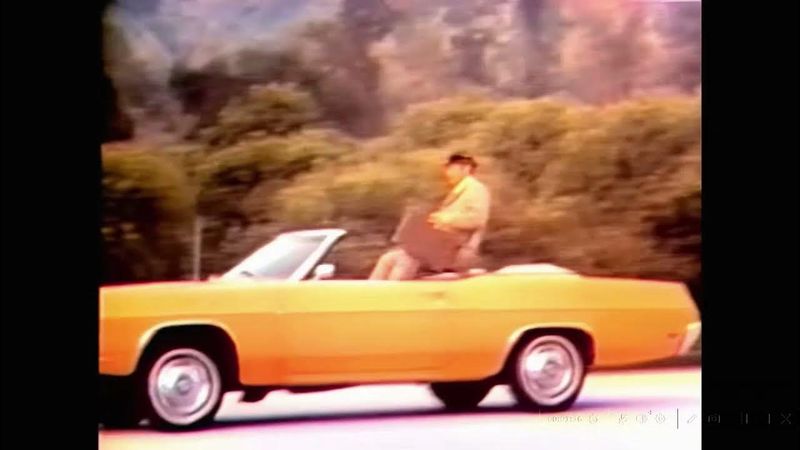They were catchy. They were relentless. And chances are, decades later, you still hear them in your head. These commercial jingles from the 1960s and 1970s weren’t just background music—they were psychological weapons designed to burrow into your brain and never leave. Whether they sold soap or soda, these tunes changed the way we thought, shopped, and even remembered brands forever.
1. I’d Like to Buy the World a Coke – Coca-Cola (1971)
“I’d Like to Buy the World a Coke” transcended being just a commercial jingle; it became a cultural anthem. This 1971 Coca-Cola song captured the spirit of an era marked by peace, love, and unity. The melody spread globally, embedding itself in the minds of listeners.
This jingle wasn’t merely about promoting a beverage; it symbolized a generation’s idealism and desire for harmony. The iconic imagery of people from various backgrounds singing together resonated deeply during tumultuous times.
Decades later, the tune remains etched in collective memory, epitomizing Coca-Cola’s brand as a unifying force.
2. Plop Plop, Fizz Fizz – Alka-Seltzer (1966)
Simple yet profoundly effective, the “Plop Plop, Fizz Fizz” jingle from Alka-Seltzer in 1966 is a masterclass in memorable marketing. With just a handful of words, it conveyed the product’s purpose with playful ease.
These catchy sounds mimicked the experience of using Alka-Seltzer, making it an auditory delight that stuck in the public’s mind. Its straightforward appeal highlighted the brand’s promise of relief from indigestion, turning a mundane moment into something surprisingly catchy.
Generations later, the tune continues to echo, a testament to its timeless appeal and marketing brilliance.
3. Hold the Pickle, Hold the Lettuce – Burger King (1974)
Burger King’s 1974 jingle, “Hold the Pickle, Hold the Lettuce,” revolutionized fast food with its catchy tune promoting customization. Before this, fast food was about quick, standardized service.
This jingle empowered customers, suggesting they could have a say in their meals, turning ordering into a personal experience. The melody was upbeat and theater-like, making it irresistibly catchy.
It was more than a tune; it was an invitation to make choices, resonating with the public and setting a new standard within the industry. The melody remains a nostalgic nod to its groundbreaking concept.
4. Winston Tastes Good Like a Cigarette Should – Winston Cigarettes (1960s)
Winston’s jingle, “Winston Tastes Good Like a Cigarette Should,” was as controversial as it was memorable. Launched in the 1960s, it defied grammar to deliver a slogan that stuck.
Its catchy phrasing quickly became part of pop culture, embedding itself in the American lexicon before cigarette advertising was curtailed on television. This jingle encapsulated an era where bold marketing took center stage.
A linguistic oddity, it nonetheless resonated with consumers, creating a lasting impression that continued to echo even as advertising norms evolved. The jingle’s legacy outlived its airtime, a relic of its audacious approach.
5. It’s the Real Thing – Coca-Cola (1969)
Before “Buy the World a Coke,” there was “It’s the Real Thing,” a Coca-Cola jingle from 1969 that laid the foundation for soda as a lifestyle brand. This tune was more than a sales pitch—it was an attitude.
Positioning Coke as the authentic choice, it resonated with a youthful, idealistic audience. The jingle’s catchy and confident declaration of authenticity reflected the desires of its time, making Coca-Cola a symbol of genuine experience.
The slogan’s clarity and resonance helped cement Coke’s position in culture. Its impact is still felt, underlining Coca-Cola’s enduring place in marketing history.
6. You Deserve a Break Today – McDonald’s (1971)
McDonald’s 1971 anthem, “You Deserve a Break Today,” transformed the fast-food landscape by focusing on emotional appeal rather than just burgers. It tapped into the emerging self-care trend, offering a visit to McDonald’s as a well-deserved respite.
This jingle connected with a weary public, turning a quick meal into a rewarding experience. The catchy tune aligned with the era’s shift towards valuing personal time and balance.
Decades on, the jingle remains a clever reminder of how fast food became synonymous with convenience and comfort, marking a pivotal shift in advertising strategy.
7. I Am Stuck on Band-Aid, ’Cause Band-Aid’s Stuck on Me – Band-Aid (1975)
Band-Aid’s 1975 jingle, “I Am Stuck on Band-Aid, ’Cause Band-Aid’s Stuck on Me,” turned a simple adhesive bandage into a celebrated product. Sung by children, its playful tune became an infectious earworm.
This jingle highlighted Band-Aid’s reliability and comfort, transforming a mundane product into something kids took pride in wearing. It cleverly used a catchy melody to make bandages appealing and memorable.
The jingle’s enduring popularity underscores its success in making Band-Aid a household name. Today, it remains a classic example of effective and engaging advertising that charmed a generation and beyond.
8. Sometimes You Feel Like a Nut – Mounds/Almond Joy (1970s)
“Sometimes You Feel Like a Nut” offered a playful twist on candy marketing in the 1970s. This jingle cleverly distinguished Mounds from Almond Joy by using humor and whimsy.
With a catchy tune and lighthearted approach, it addressed the choice between nuts or no nuts, making it easy to remember. The jingle’s playful spirit resonated with consumers, adding personality to the candy aisle.
It remains a testament to the power of humor in advertising, creating an enduring and entertaining narrative that set these treats apart from their competitors.
9. My Bologna Has a First Name… – Oscar Mayer (1973)
Oscar Mayer’s 1973 jingle, “My Bologna Has a First Name…”, turned lunch meat into a playful learning experience. Sung by children, it became an educational and engaging tune.
This catchy melody taught kids how to spell “bologna,” making it a memorable part of many childhoods. The jingle’s charm lay in its simplicity and ability to connect with families.
Its enduring appeal demonstrates the power of combining education with entertainment, transforming a simple product into a beloved household staple. It’s a classic example of how a catchy jingle can boost brand recognition and loyalty.
10. You Can Trust Your Car to the Man Who Wears the Star – Texaco (1960s)
Texaco’s 1960s jingle, “You Can Trust Your Car to the Man Who Wears the Star,” romanticized the gas station experience. This tune elevated the role of mechanics to heroic status.
The jingle instilled a sense of trust and reliability, making the Texaco star emblem synonymous with quality service. Its catchy melody reinforced the idea that motorists could depend on Texaco for their travel needs.
Decades later, it remains a nostalgic nod to a time when service was personalized and gas stations were community hubs, reflecting broader cultural values of trust and reliability.
11. Strong Enough for a Man, But Made for a Woman – Secret Deodorant (1972)
Secret Deodorant’s 1972 jingle, “Strong Enough for a Man, But Made for a Woman,” captured the shifting gender norms of the time. This clever tune reflected the growing conversation about women’s roles in society.
By highlighting strength and femininity, the jingle resonated with women seeking empowerment and validation. Its catchy melody articulated a duality that appealed to a broad audience.
The jingle’s innovative messaging remains a hallmark of its era, illustrating how brands adapted to cultural changes while maintaining a memorable and engaging advertising message.
12. A Little Dab’ll Do Ya – Brylcreem (1960s)
“A Little Dab’ll Do Ya” by Brylcreem in the 1960s is a classic example of how minimalism became musical. This jingle turned hair grooming into an easy, catchy mantra.
With its playful rhyme, it emphasized that just a small amount of product was needed for effective styling, appealing to the effortlessly stylish man. The tune’s simplicity made it stick in consumers’ minds.
Decades later, it’s still quoted in pop culture, demonstrating how a simple, memorable message can endure. The jingle’s legacy is a testament to the timeless appeal of less being more.
13. You’re Not Fully Clean Unless You’re Zestfully Clean – Zest Soap (1970s)
Zest Soap’s 1970s jingle, “You’re Not Fully Clean Unless You’re Zestfully Clean,” introduced a new standard for cleanliness. Despite “zestfully” being a playful invention, it captured the imagination.
The jingle’s catchy rhythm emphasized the idea that Zest provided a superior clean, embedding itself in the consumer psyche. Its playful language and memorable tune made it a household name.
The jingle remains a quirky yet effective example of how creative language can enhance brand identity, leaving a lasting impression of freshness and vigor in the public consciousness.
14. Go Greyhound and Leave the Driving to Us – Greyhound (1960s)
Greyhound’s 1960s jingle, “Go Greyhound and Leave the Driving to Us,” redefined bus travel with its promise of freedom and convenience. This catchy tune transformed a simple service into a comforting escape.
By emphasizing relaxation and letting go of responsibility, the jingle appealed to those seeking stress-free travel. Its melody painted an idyllic picture of effortless journeys.
The jingle remains a classic example of how advertising can elevate everyday services into aspirational experiences, reinforcing Greyhound’s identity as a gateway to freedom and exploration.
15. Meow Meow Meow Meow – Meow Mix (late ’70s)
The “Meow Meow Meow Meow” jingle from Meow Mix in the late ’70s was a playful stroke of genius. This catchy tune resonated with cat lovers, capturing the quirky nature of feline companionship.
Its repetitive melody mimicked a cat’s meow, making it instantly recognizable and endearing. The jingle’s simplicity and humor ensured it stuck with audiences, becoming a cultural reference.
To this day, it remains an iconic example of how a simple melody can create brand identity and engage consumers, turning a basic product into a memorable, whimsical experience.
16. See the USA in Your Chevrolet – Chevrolet (1960)
Dinah Shore’s rendition of “See the USA in Your Chevrolet” in 1960 linked the brand with American dreams and adventures. This patriotic jingle celebrated freedom and exploration.
It painted a vivid picture of road trips and discovery, making Chevrolet synonymous with the American spirit. The melody inspired listeners to envision themselves traveling across the vast U.S.
The jingle’s impact was profound, cementing Chevrolet’s identity as an emblem of American innovation and lifestyle. Its legacy continues, a reminder of when cars symbolized possibility and the open road.
17. Two All-Beef Patties… – McDonald’s Big Mac (1974)
McDonald’s 1974 jingle for the Big Mac, “Two All-Beef Patties…”, was a rhythmic recipe that found its way into popular culture. This jingle cleverly listed ingredients, teaching customers the sandwich’s components.
Its catchy, rhythmic structure made it fun to recite, turning a simple description into an unforgettable experience. The jingle’s repetition ensured that Big Mac became synonymous with indulgence and taste.
This clever marketing tool remains a testament to how engaging content can enhance brand identity, creating a lasting connection with consumers and becoming a cultural phenomenon.
18. I Can’t Believe I Ate the Whole Thing – Alka-Seltzer (1972)
Alka-Seltzer’s 1972 jingle, “I Can’t Believe I Ate the Whole Thing,” was a spoken-word sensation that transcended advertising to become a cultural catchphrase.
The relatable scenario of overindulgence followed by regret resonated with many, making it an instant hit. Its straightforward delivery and relatable theme ensured it stayed in public consciousness.
The jingle’s success demonstrated the power of humor and simplicity in advertising, creating a lasting impact that remains a touchstone in pop culture and marketing history.
19. Double Your Pleasure, Double Your Fun – Doublemint Gum (1960s)
Doublemint Gum’s 1960s jingle, “Double Your Pleasure, Double Your Fun,” transformed chewing gum into a joyful experience. This catchy tune capitalized on the novelty of identical twins.
With its lively melody, the jingle emphasized enjoyment and refreshment, turning gum into a delightful treat. Its playful repetition and imagery of doubles created a memorable marketing moment.
The jingle’s enduring presence in pop culture showcases its effectiveness in conveying simple pleasure, ensuring that Doublemint remains a beloved brand known for fun and freshness.
20. You’ll Wonder Where the Yellow Went When You Brush Your Teeth with Pepsodent – Pepsodent (1960s)
Pepsodent’s 1960s jingle, “You’ll Wonder Where the Yellow Went When You Brush Your Teeth with Pepsodent,” offered consumers a whimsical promise. This catchy tune used playful rhyming to convey dental magic.
The jingle painted a vivid picture of whitening results, making dental hygiene sound exciting and effective. Its catchy melody and humorous approach made it a hit with audiences.
The jingle remains a nostalgic reminder of how playful language can enhance brand appeal, creating a memorable message that sticks in the consumer’s mind.
21. Let Hertz Put You in the Driver’s Seat – Hertz Rental Cars (1970s)
Hertz’s 1970s jingle, “Let Hertz Put You in the Driver’s Seat,” turned car rental into an empowering experience. This catchy tune appealed to the traveler’s desire for control and freedom.
By emphasizing empowerment and convenience, the jingle resonated with individuals seeking autonomy on the road. Its memorable melody made it a staple in advertising.
The jingle’s legacy continues as a creative triumph, illustrating how a simple message can elevate a service into an aspirational experience, making Hertz synonymous with confidence and mobility.
